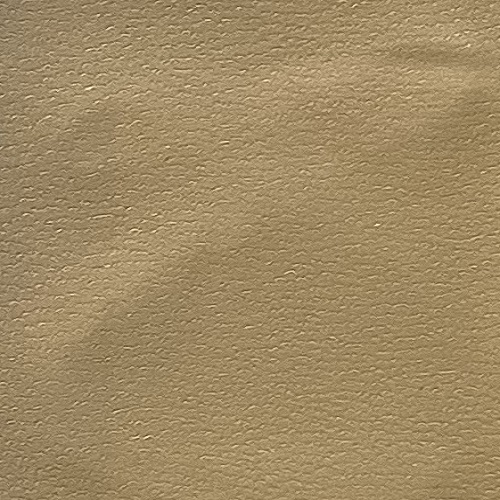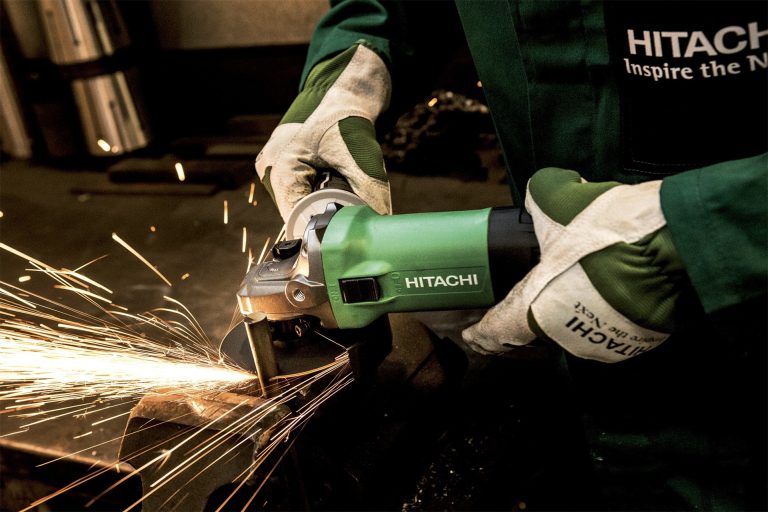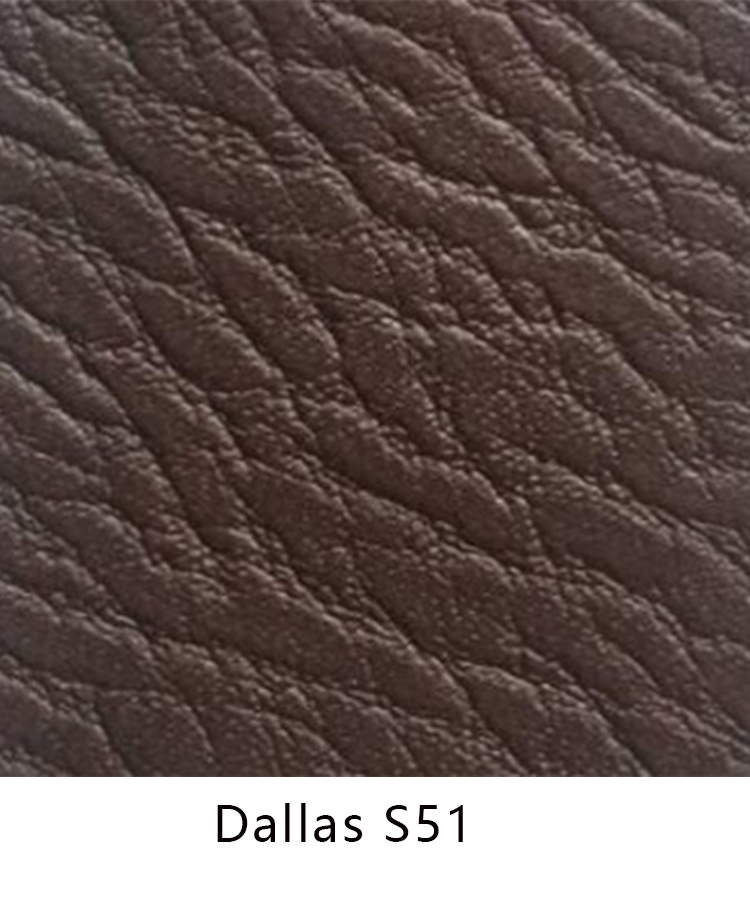Table of Contents
Advantages of Memory Foam Inner Shoe Lining: Comfort, Support, and Durability
Memory foam inner shoe lining has revolutionized the footwear industry, offering a host of advantages that enhance comfort, support, and durability. This innovative material, known for its ability to contour to the shape of the foot, has become increasingly popular among consumers seeking superior comfort in their shoes.
One of the primary advantages of memory foam inner shoe lining is its exceptional comfort. Unlike traditional shoe materials, memory foam molds to the unique shape of the wearer’s foot, providing a customized fit that reduces pressure points and alleviates discomfort. This personalized cushioning creates a luxurious feel with every step, making memory foam-lined shoes a favorite choice for those who spend long hours on their feet.
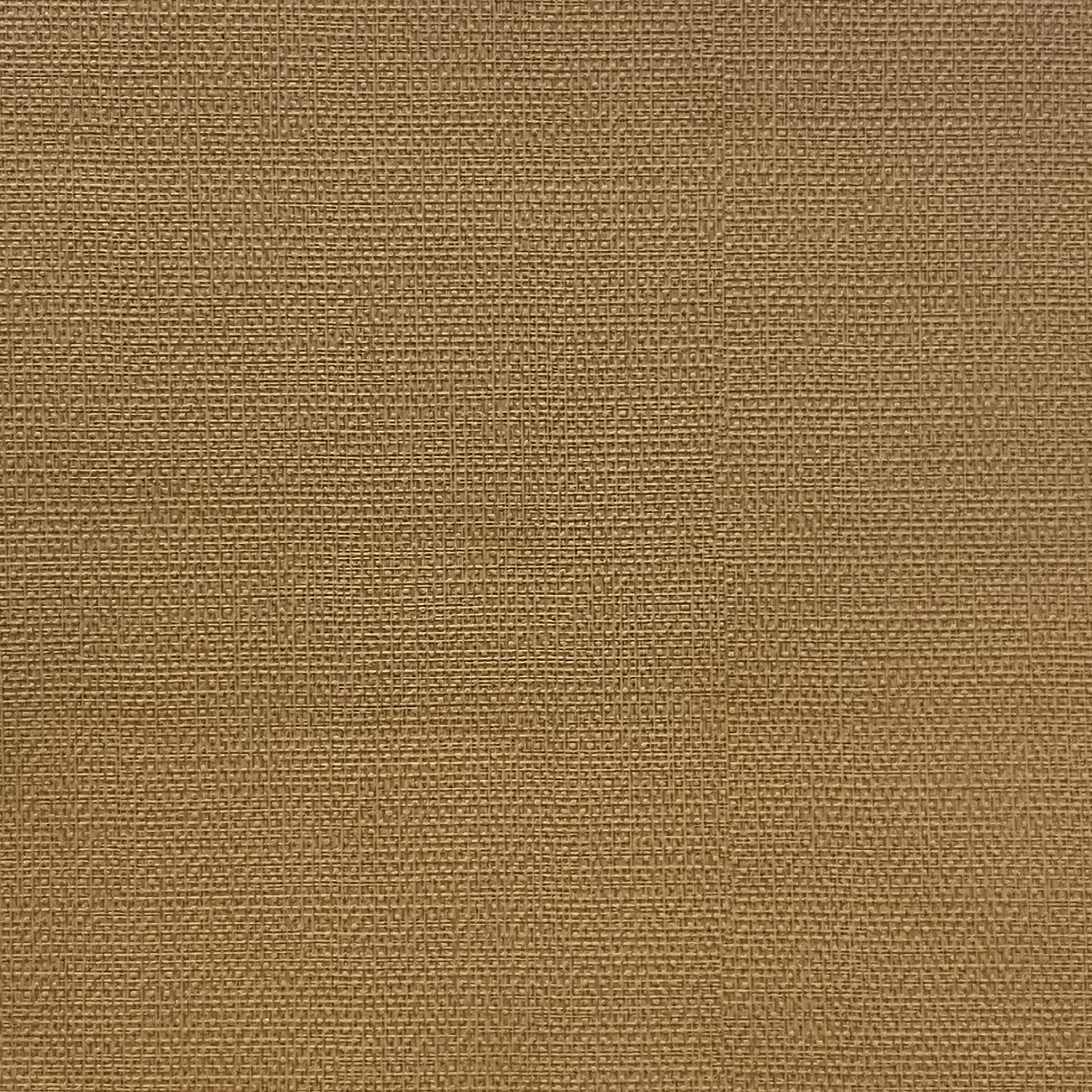
In addition to comfort, memory foam inner shoe lining offers unmatched support. The foam’s ability to conform to the contours of the foot provides targeted support where it’s needed most, promoting proper alignment and reducing strain on the muscles and joints. This can be particularly beneficial for individuals with foot conditions such as plantar fasciitis or flat feet, as the cushioning properties of memory foam help distribute weight evenly and reduce the risk of injury.
Furthermore, memory foam is highly durable, making it an excellent choice for the inner lining of shoes. Unlike traditional materials that may compress or lose their shape over time, memory foam retains its supportive properties even after prolonged use. This resilience ensures that the shoe maintains its comfort and performance characteristics, allowing wearers to enjoy long-lasting comfort without the need for frequent replacements.
Moreover, memory foam inner shoe lining is breathable, allowing air to circulate around the foot and regulate temperature. This helps prevent excessive sweating and odor buildup, keeping feet feeling fresh and comfortable throughout the day. The breathable nature of memory foam also helps reduce the risk of fungal infections such as athlete’s foot, as moisture is less likely to become trapped within the shoe.
Additionally, memory foam inner shoe lining is lightweight, adding minimal bulk to the shoe while still providing ample cushioning and support. This lightweight design allows for greater freedom of movement and reduces fatigue during extended wear. Whether walking, standing, or engaging in physical activity, wearers can enjoy enhanced comfort and performance without feeling weighed down by their footwear.
Furthermore, memory foam inner shoe lining is versatile, compatible with a wide range of shoe styles and designs. From athletic sneakers to dress shoes, memory foam can be incorporated into various footwear types to provide customized comfort and support for every occasion. This versatility makes memory foam a popular choice among consumers seeking versatile footwear solutions that cater to their individual needs.
In conclusion, memory foam inner shoe lining offers numerous advantages that enhance comfort, support, and durability. From its ability to contour to the shape of the foot to its breathable and lightweight design, memory foam provides a superior footwear experience for wearers of all ages and lifestyles. Whether seeking relief from foot pain or simply looking for all-day comfort, memory foam-lined shoes are a smart choice for discerning consumers who prioritize both style and functionality.
How to Choose the Right Inner Shoe Lining Material for Maximum Comfort
Choosing the right inner shoe lining material can make a significant difference in the comfort and overall performance of your footwear. The inner lining serves multiple purposes beyond just providing a soft surface for your feet. It helps to wick away moisture, prevent blisters, and maintain proper foot alignment. With various materials available in the market, each offering unique features and benefits, it’s essential to understand their characteristics to make an informed decision.
| Article Name | Variety |
| Shoe lining fabric | S |
One of the most common materials used for inner shoe linings is leather. Leather linings are prized for their durability, breathability, and ability to conform to the shape of the foot over time. They offer excellent moisture-wicking properties, keeping your feet dry and comfortable throughout the day. Additionally, leather linings have a luxurious feel and are often found in high-quality dress shoes and boots.
For those looking for a more budget-friendly option, synthetic materials such as polyester or nylon are popular choices. These materials are lightweight, quick-drying, and often more affordable than leather. While they may not offer the same level of breathability or durability as leather, synthetic linings can still provide adequate comfort and moisture management for everyday wear.
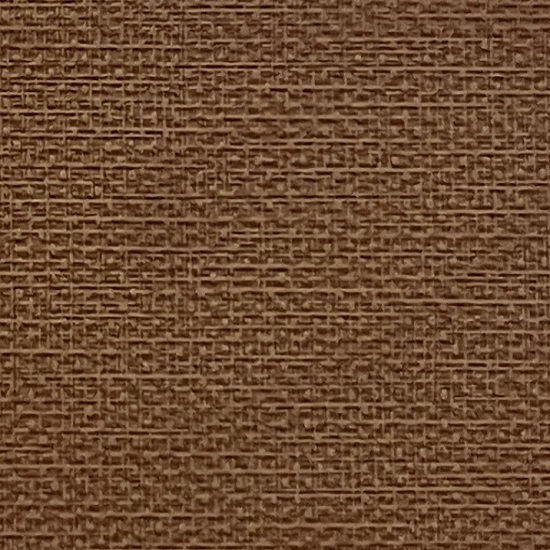
Another consideration when choosing inner shoe lining material is its impact on foot odor. Certain materials, such as natural fibers like cotton or bamboo, are known for their odor-reducing properties. These materials allow for better airflow, reducing the buildup of sweat and bacteria that can lead to unpleasant odors. If foot odor is a concern for you, opting for shoes with cotton or bamboo linings may help keep your feet feeling fresh.
In addition to considering the material itself, it’s essential to pay attention to how the lining is constructed within the shoe. Look for linings that are seamless or feature minimal seams to reduce the risk of friction and irritation. Smooth, well-constructed linings will minimize the likelihood of developing blisters or hot spots, especially during long periods of wear.
When trying on shoes, take the time to assess how the inner lining feels against your feet. It should feel soft and comfortable, with no areas of rubbing or pressure points. Walk around in the shoes for a few minutes to gauge how they feel during movement. Pay attention to any areas of discomfort or irritation, as these may indicate that the lining material or construction is not suitable for your feet.
Ultimately, the right inner shoe lining material will depend on your personal preferences and needs. Consider factors such as breathability, moisture-wicking ability, odor control, and overall comfort when making your decision. Whether you prefer the luxurious feel of leather or the practicality of synthetic materials, choosing the right lining can help ensure that your shoes provide maximum comfort and support for your feet.

